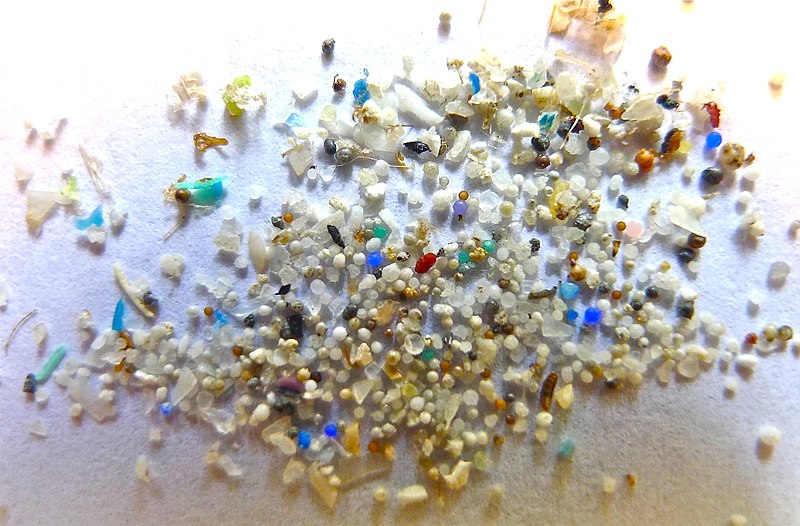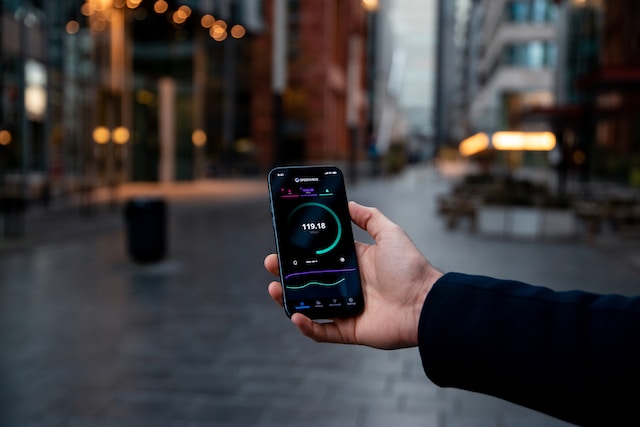Did you know that 12 million tonnes of plastic find its way into the ocean every single year?
Ocean waves or Sun rays break down large plastic chunks into microplastics (less than 5 mm) or nano-plastics (1-1000 μm). From ocean depths to mountain peaks, these micro- and nano-plastics (MNPs) are present everywhere.
These are embedded in raindrops, plants, and animals. We have absorbed these microplastics even in our bloodstream, heart, and veins. We eat, drink and breathe microplastics every day.
Now a new study by a team of researchers from Austria, the US, Hungary, and the Netherlands has found MNPs can reach the brain in just two hours after ingestion.
Not only the traveling time is disturbing, but scientists are worried as their presence in the brain could also lead to neurological disorders.
In this study, researchers orally administered polystyrene to mice. Researchers discovered MNPs had crossed the blood-brain barrier and were present in the mice’s brains.
“In the brain, plastic particles could increase the risk of inflammation, neurological disorders, or even neurodegenerative diseases such as Alzheimer’s or Parkinson’s,” said Lukas Kenner, lead author of the study, in a press release.
“To minimise the potential harm of micro and nano plastic particles to humans and the environment, it is crucial to limit exposure and restrict their use while further research is carried out into the effects of MNPs,” he added.







